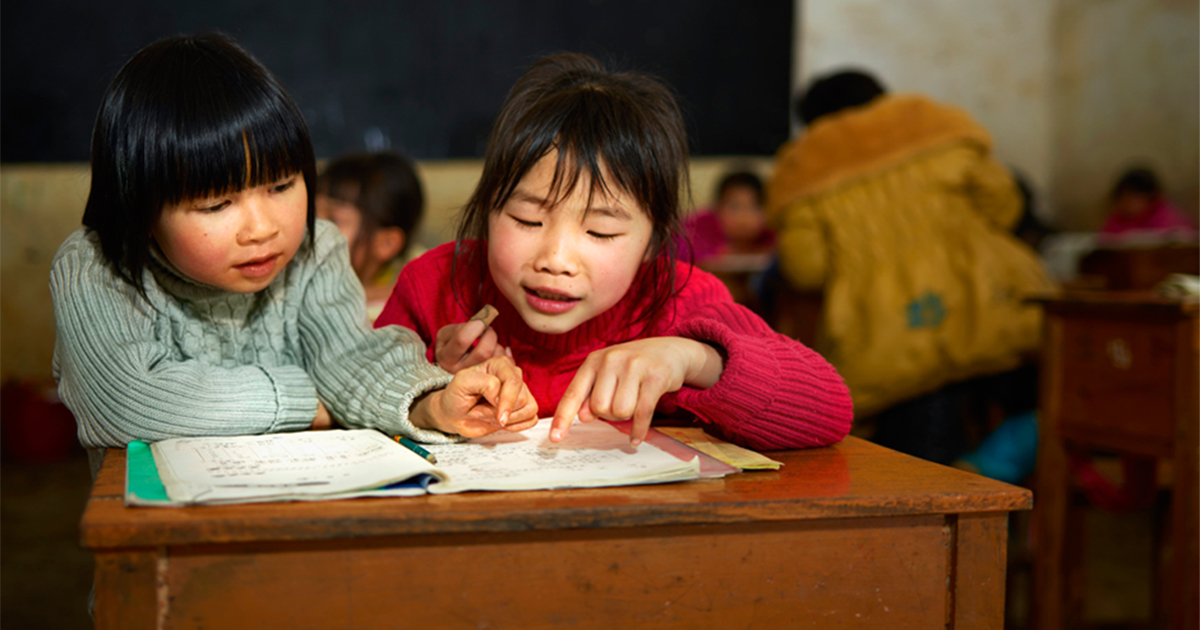Crowdfunding Social Entrepreneurs, Part II

Social investment platforms are as diverse as the challenges they seek to address. They share a common goal of having a positive effect and supporting social causes, but approach community engagement and fundraising differently. Here are three distinct flavors of social investing, along with some of the success stories that are making an impact.
Sites for Social Investors: These sites enable one-to-one promotion of a social good, and include sites such as Kiva and Heifer International. This is an old-fashioned idea accelerated by the reach and scale of the Internet. Kiva, for example, finds investors for who can contribute the tiny amounts of money needed to start a small business. Heifer raises money directly, funding specific goods e.g. donating a milk goat to a poor family.
Sites for Fundraisers: Days after Hurricane Sandy devastated New Jersey, a website called RestoreTheShore appeared, selling T-shirts and hoodies with a powerful Restore the Shore design, and contributing proceeds to the American Red Cross. Within eight days, the site raised more than $125,000. On Indiegogo, a 4-year-old’s video announcement that he would donate his piggy bank to storm relief brought $5,400 in contributions in a few days.
Bidding4Good brings Internet efficiencies to the $5 billion silent auction for charity business. It works like this: a museum supporter donates a week in her Caribbean timeshare to auction, but instead of taking place in a hotel ballroom, the fundraising happens on the Bidding4Good site, in a process similar to eBay’s auctions. Among the benefits, says CEO Jon Carson, is a balanced supply-demand ratio: “Say you’re auctioning Red Sox tickets for a school. In the old system, you might have five Red Sox fans bidding in a gymnasium one night. But, we have 7,000 Red Sox bidders in our system; tickets that went for $400 in the traditional route went for $650 online because there’s greater demand.”
DonorsChoose.org enables teachers to request funding for specific projects, and site visitors to fund them. Project examples: buying 30 copies of a novel for students to study; or funding a field trip. The ability for donors to choose specific projects attracted celebrity sponsors Oprah Winfrey and Stephen Colbert.
Sites for Social Influencers: Some of the most original thinking in social entrepreneurial work is taking place on the front line of advocacy. Citizinvestor’s Raynor says his mission is to make government more accountable (money isn’t spent unless a project is fully funded). Town residents, in Raynor’s vision of social engagement, vote with their money, driving authority for some municipal spending directly to its consumers (critical services such as firefighting are excepted, and there are safeguards to watch the money). In the United Kingdom, Spacehive is a site for crowdfunding public space projects such as parks.
Causes.com combines crowdfunding with influence, providing both a fundraising capability and ways to promote awareness of social-good causes. Current causes on the site include animal rights advocates, cancer researchers, and local and international environmental law advocacy. Many of its current projects are outside the U.S.
The founders of StartSomeGood refer to themselves as peerfunders, emphasizing the connection between social entrepreneurs and like-minded contributors of money and time. It is distinguished by its tipping point funding model, which allows projects to begin before they are fully funded.
At OpenIDEO, members collaborate and brainstorm ideas on an open-platform model to create strategies that will solve big problems, such as global unemployment among young people. Projects attract sponsors (often corporate) who will own the result of collaboration. A unique feature of the site: contributors may vote on ideas, so the online crowd shapes and chooses the final proposals. Frequent contributors are distinguished with identities showing their contribution and approval rates.
Empowering Social Entrepreneurs
Funding big projects with thousands or even millions of small contributions is as old as the March of Dimes, but the new reality for social entrepreneurs is the power of the Internet to reach potential investors, idea-generators, and kindred spirits. It’s not automatic, however, and the crowdfunding sites are quickly filled with projects searching for their audience. Successful advocates and fundraisers who work the crowd emphasize the need for persistence, and in particular the need to feature easily understood information. A scan of successful crowdfunding sites shows that most thriving projects are presented in pitches low on text and high on graphics, with a clear mission and outcome. Online, even true believers have more choice of which projects to support, which is another way of saying that even though the barriers of time and space fall away online, success belongs to a compelling idea, well presented.
Posted in Entrepreneurial Leadership





